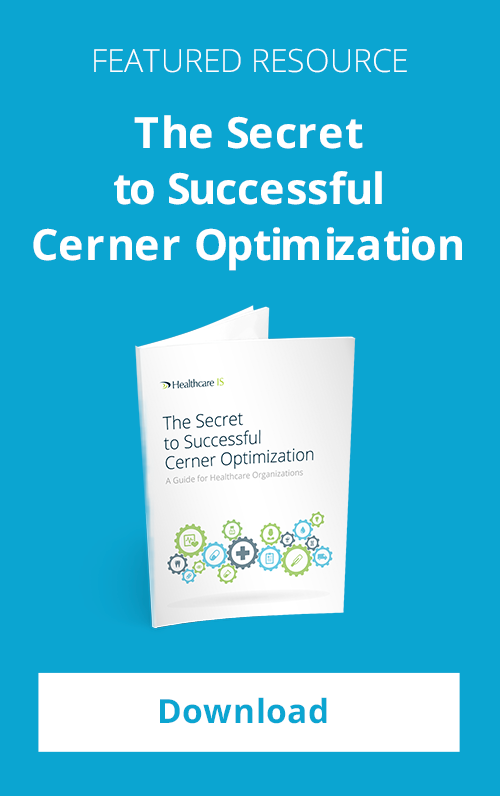Cerner Corp’s acquisition of Siemens Health Services has had a major impact on the industry as a whole. While Cerner has promised to keep supporting Siemens for another 10 years, most Siemens Soarian EHR clients have already migrated or are planning on migrating to another platform.
With many of these same organizations having only recently converted to an EHR, as mandated by the HITECH Act, most are less than enthused about having to take on another major IT system conversion project.
In the midst of this rising pressure to switch, most Soarian EHR clients are opting to move to Cerner Millennium. Converting from Siemens to Cerner, while logistically challenging, can be advantageous in the long run.
The Cerner Millennium EHR Model
In making the conversion, Cerner will recommend implementing the “model” system and then waiting until after the system goes live to identify and work on any customization that may be required.
The Cerner Millennium “model” of implementation calls for hospitals to use Cerner’s standard evidence-based, best practices guidelines, workflows, and decision-support tools. Once the conversion has reached the go-live point, it’s much easier to test and implement additional functionality. Having said this, implementing the “model” guidelines could leave some departments feeling left out.
Implementing Cerner
Any hospital implementing Cerner for the first time may be tempted to implement additional or different workflows and best practices, based on those that are already in place within their organization. However, this can result in increased implementation time. To mitigate this, Cerner will want to perform the initial assessment and then to have the client hospital complete a follow-up questionnaire with Cerner.
[Guide: Five Things to Know About a Cerner Implementation]
Once the assessment is complete, Cerner will then use all of this input to build the system for the client, as this may be the fastest way for Cerner to take a new system live. However, there needs to be a balance an implementation that does not drag out but making sure users feels their needs will be met at the time of go live. End users will not always be happy with having to wait until after the go-live to have their individual needs met. Cerner doesn’t provide a project plan for these conversions. But a good healthcare IT consultant should be able to provide a client hospital with the required project plan and methodology.
Reduced Customization, Increased Functionality
With this in mind, it’s worth pointing out that Soarian does offer a certain level of customization throughout its workflow engine that Cerner does not. Therefore it’s important to first understand how a client currently has the Soarian system set up before delving into the differences in how Cerner will handle things. But while it’s admittedly true that Cerner doesn’t offer quite the same customization capabilities that Soarian does, it does provide a level of functionality that Soarian simply doesn’t.
Tips for Streamlining Your Cerner Conversion
While converting to Cerner can be a challenge, if one plans properly and takes the necessary measures in terms of staffing and advance preparation, the implementation process will go much more smoothly. Here are a few tips for how to streamline your Cerner conversion.
Plan Ahead - Clearly identify upfront what has to be in the system at go-live for patient safety and what functionality can wait until after the new system has gone live and users become accustomed to using it. Be prepared to take baby steps to work out any bugs. For instance — you may need to bring the system up in phases such as by acute care, oncology, ambulatory, etc.
Document Workflows – Documenting workflows upfront from current to future is a must, as all-the-way-thru design depends on it. Any model content provided will not present an exact match to the current state. Thus, evaluate the model thoroughly by documenting clinical, physician-driven, nurse-driven, and order-driven workflows.
Conduct Training – Once the new system is implemented, provide training to ensure that your staff understands how to use it properly and can take full advantage of the increased functionality it offers.
As many current Soarian customers continue to migrate to Cerner, the implementation process will continue to provide ongoing challenges. However, with the right qualified consultant, it’s possible to mitigate these challenges and achieve a smooth and relatively seamless transition.
Ready to move forward with a Cerner implementation project? Download our Guide today to learn the secret for success.



Comments